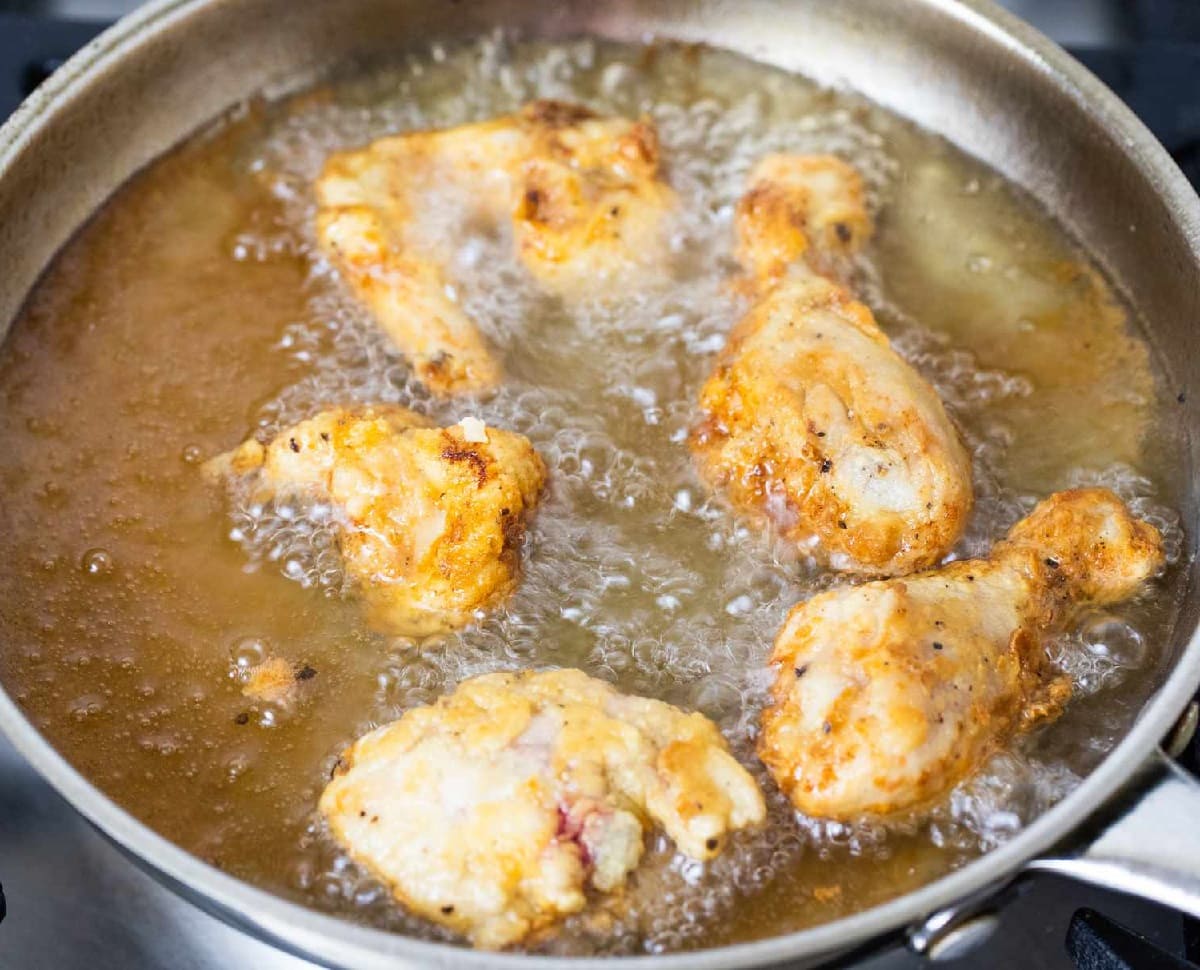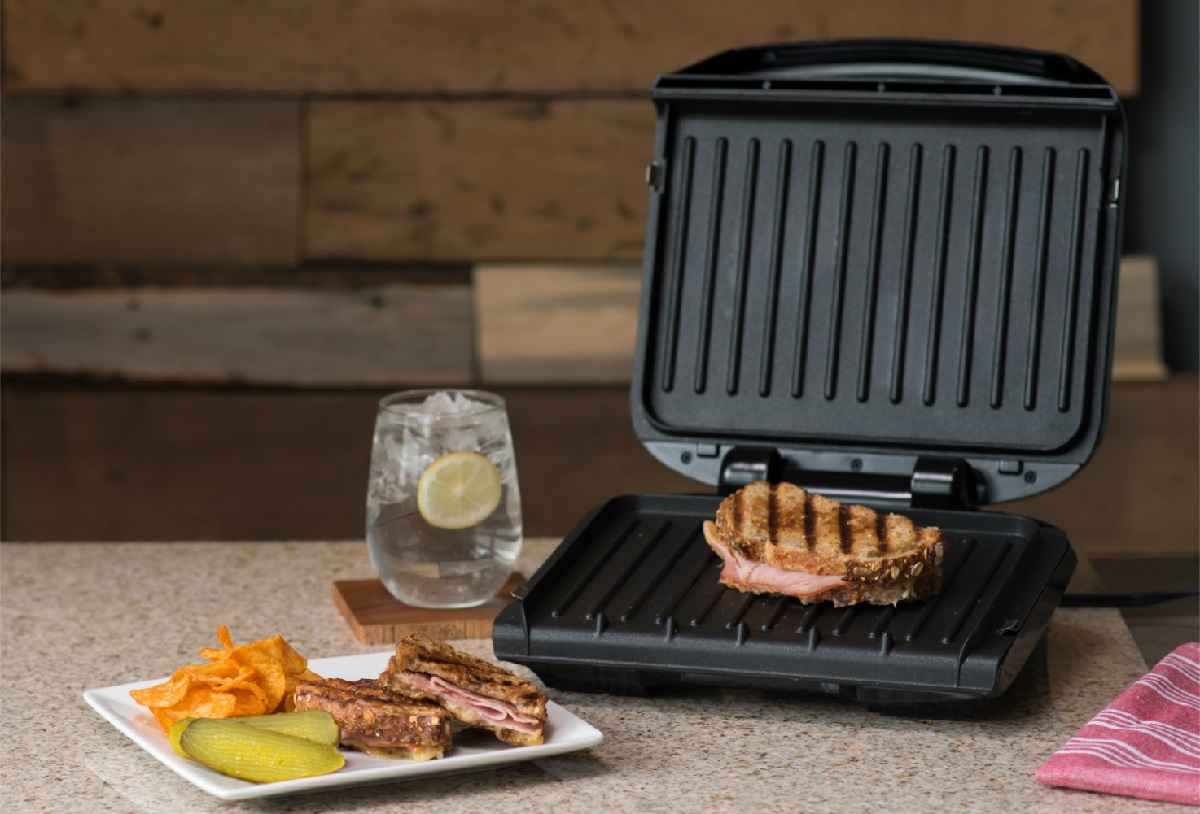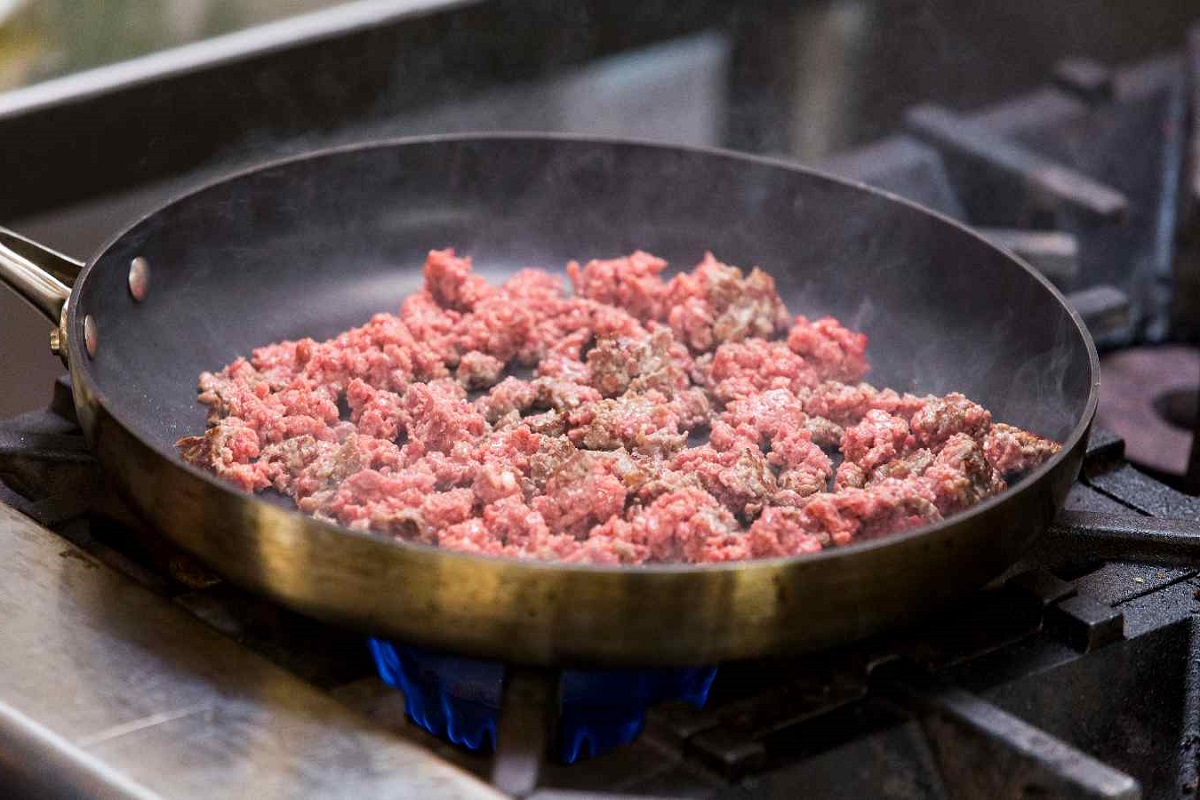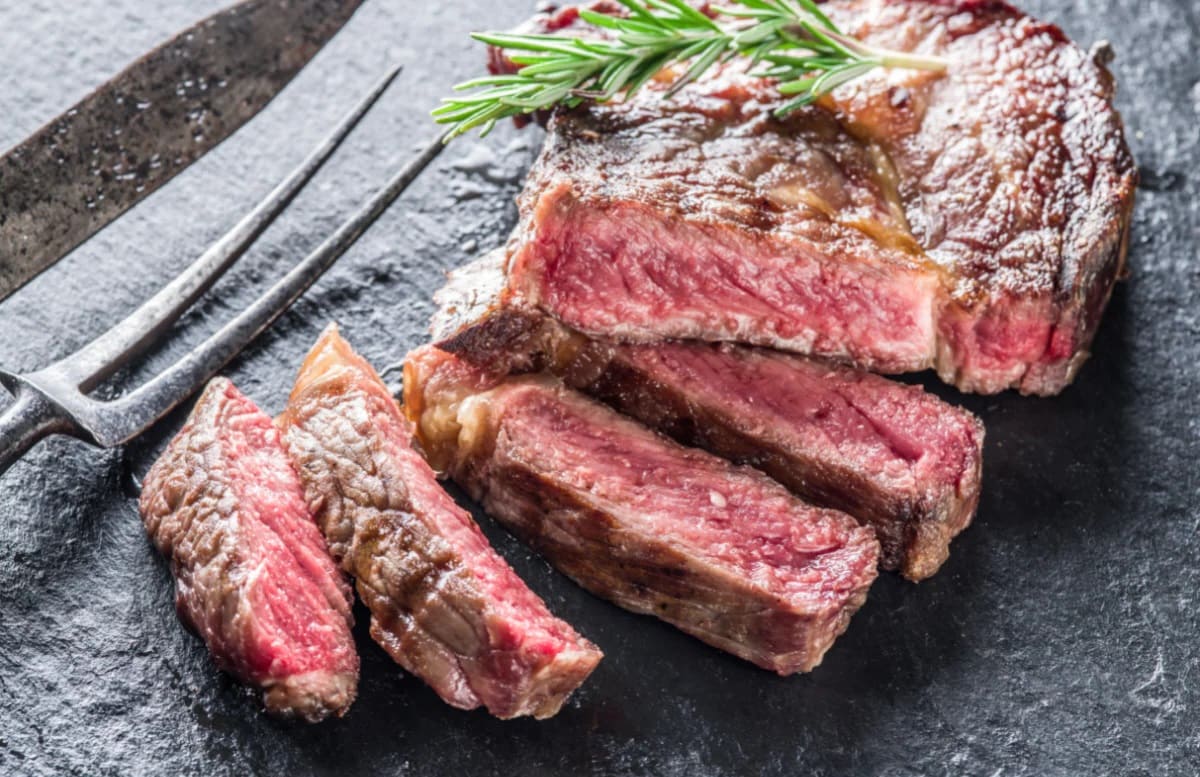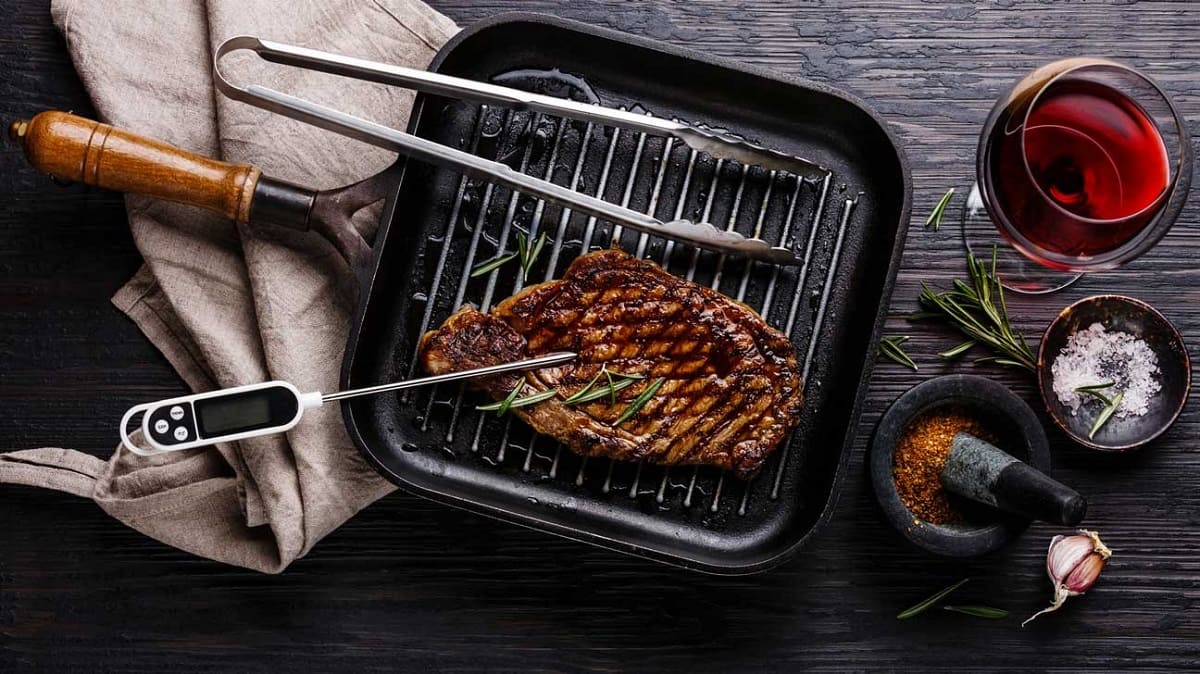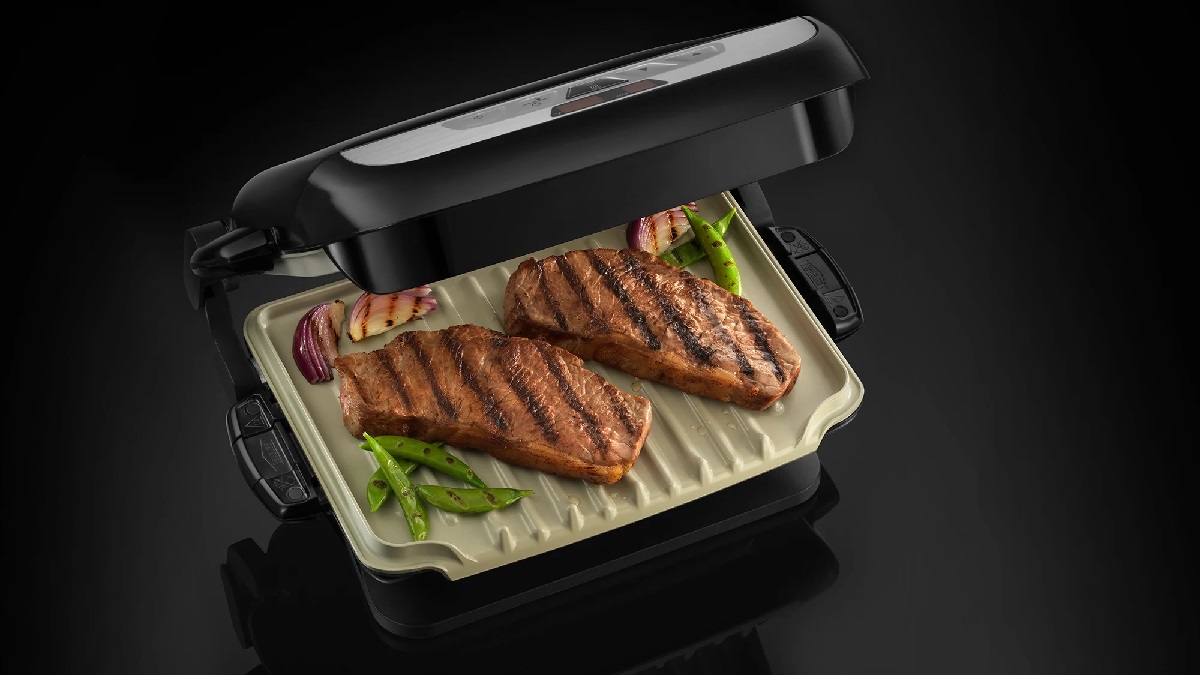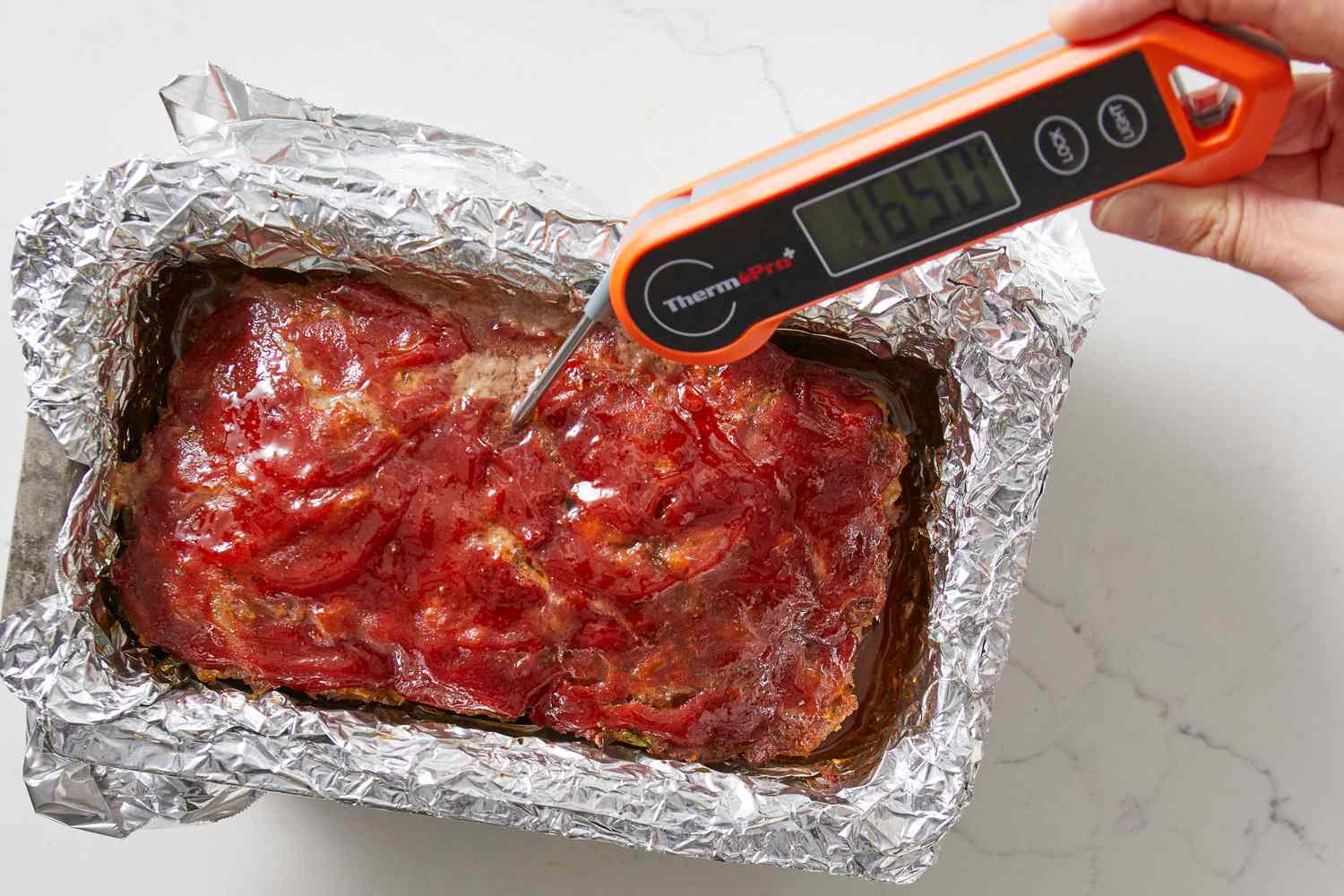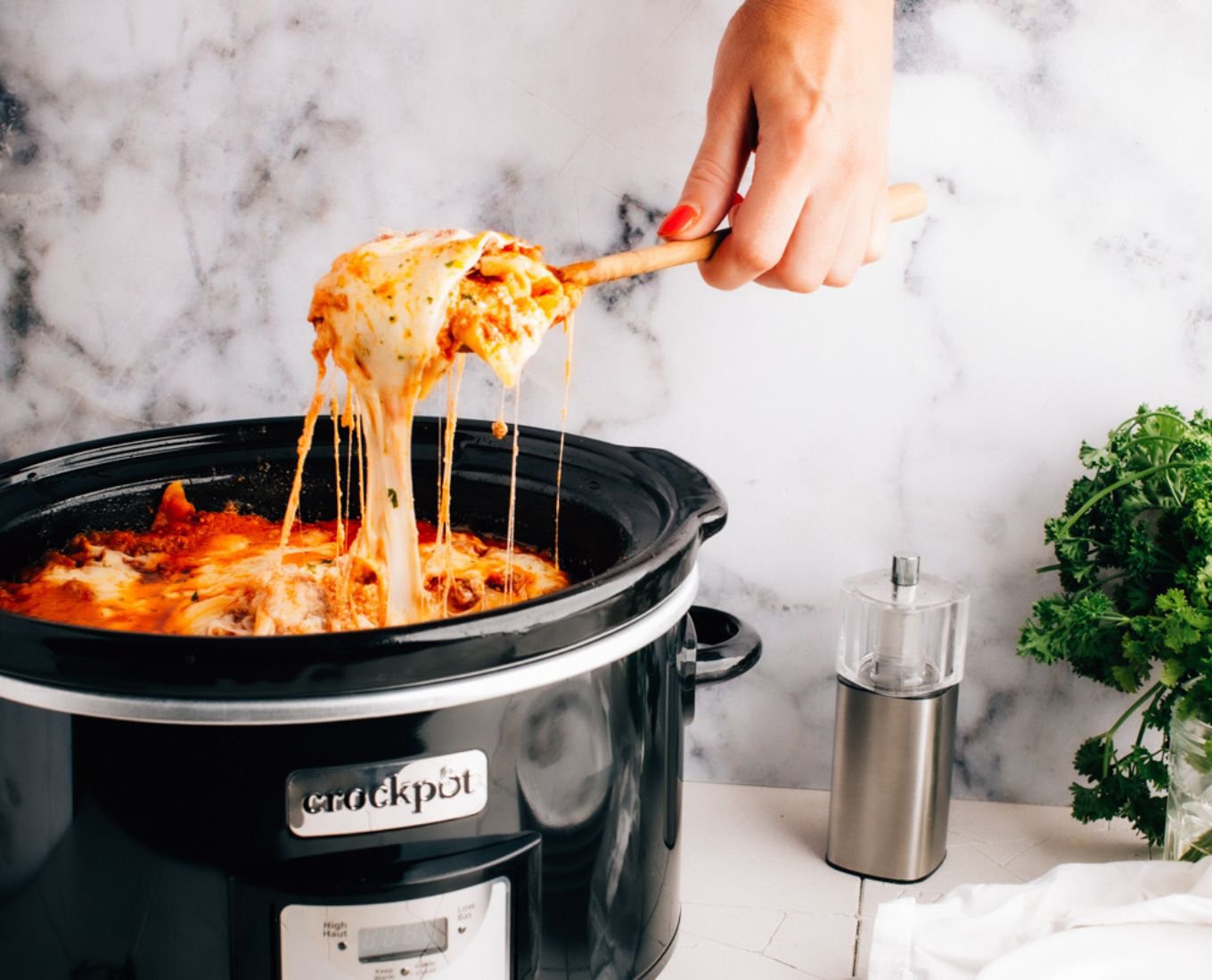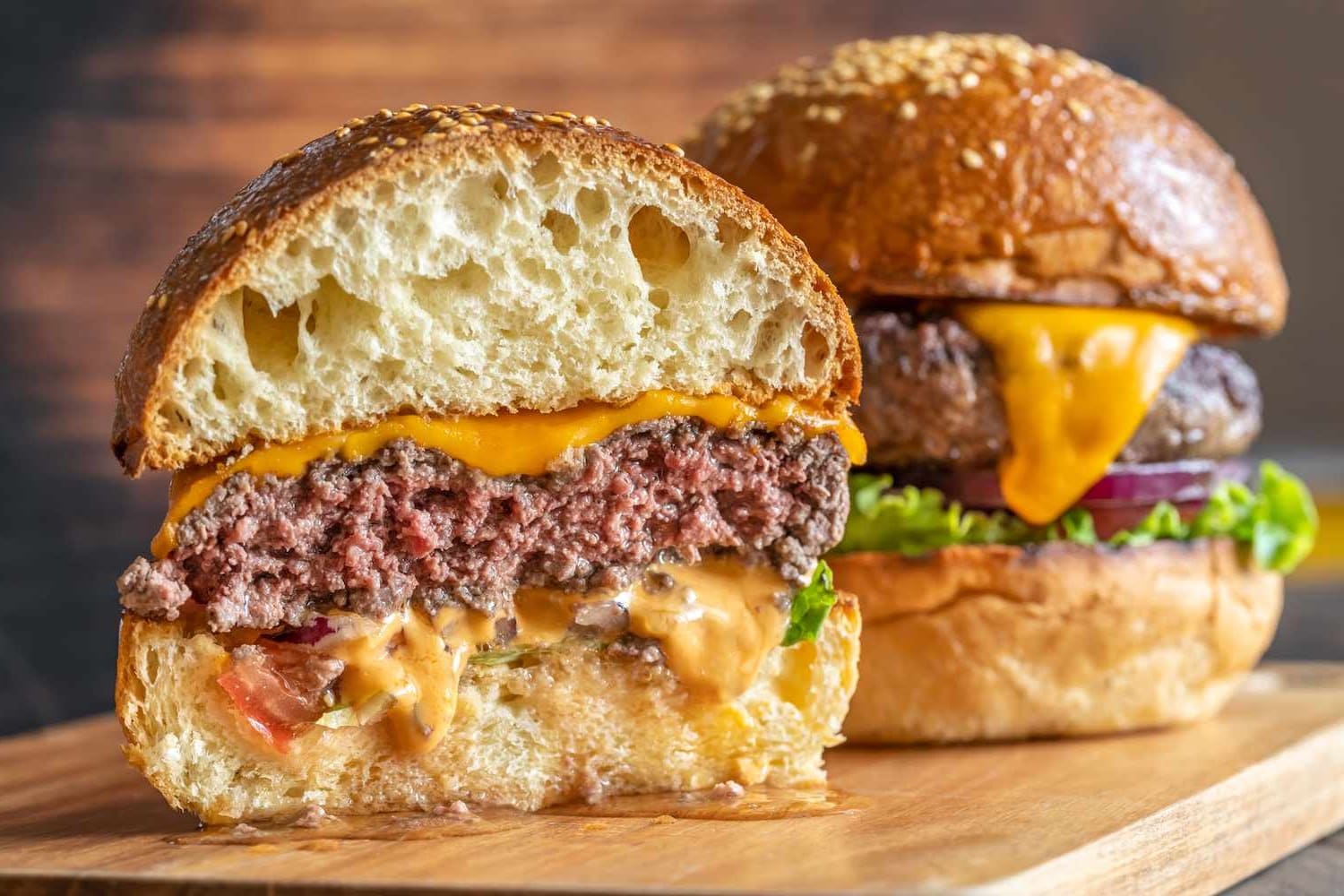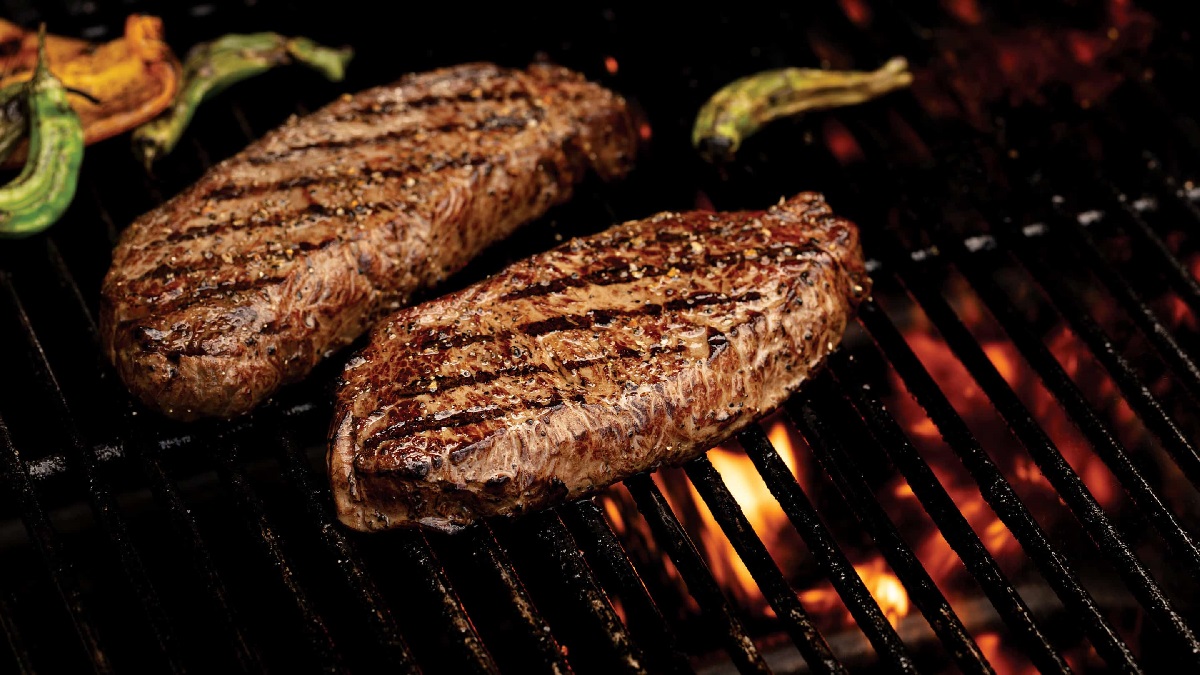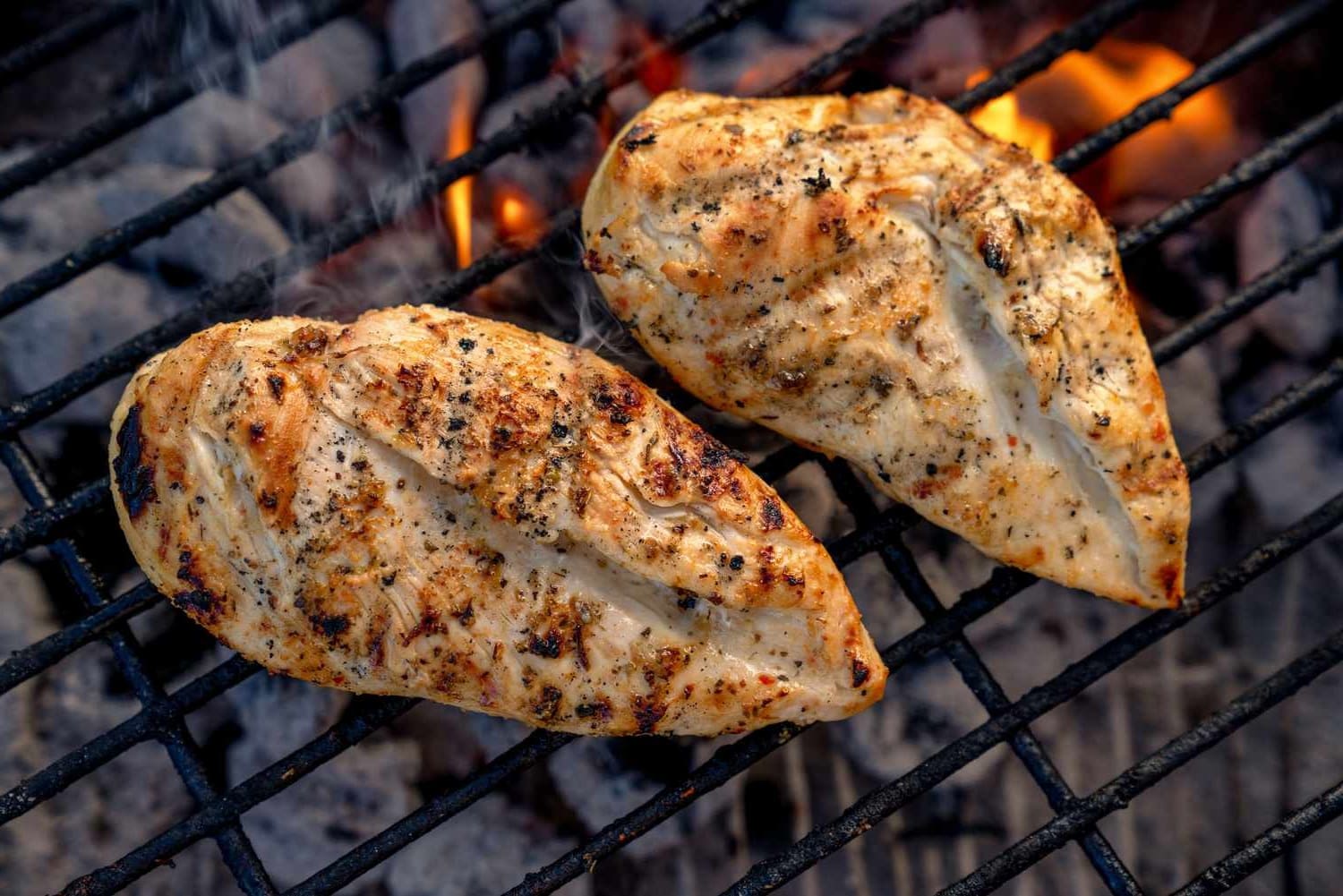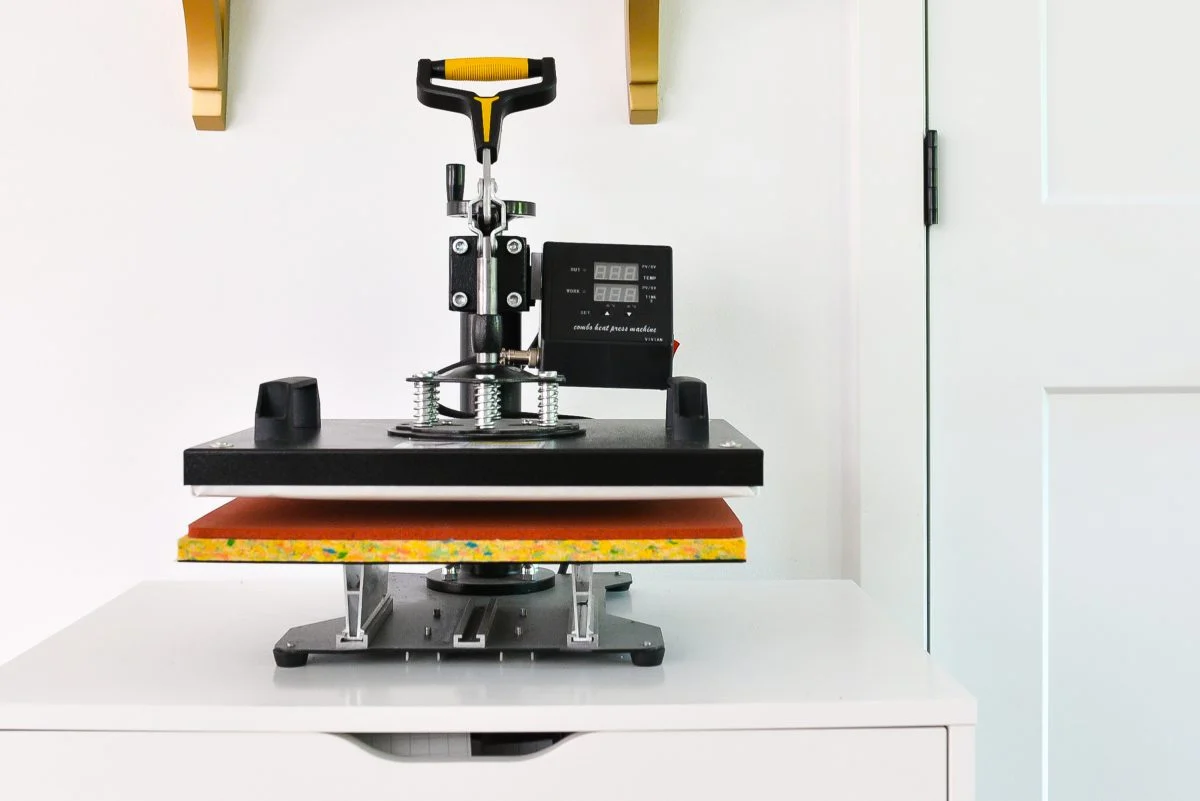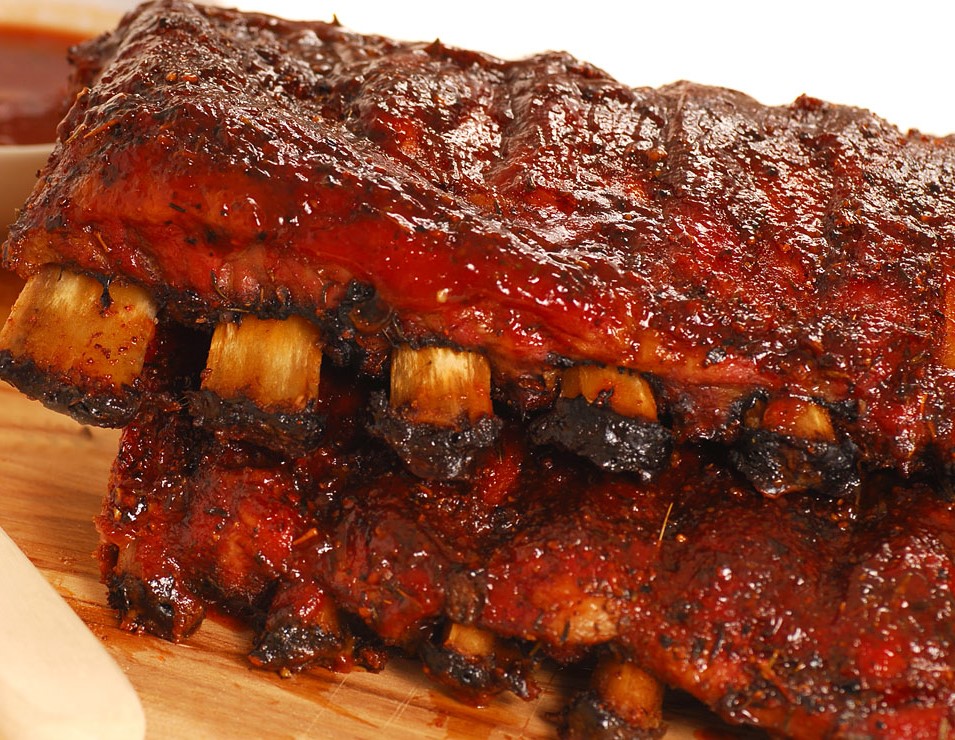Home>Culinary & Beverages>Optimizing Grill Temperature For Perfect Cooking Results
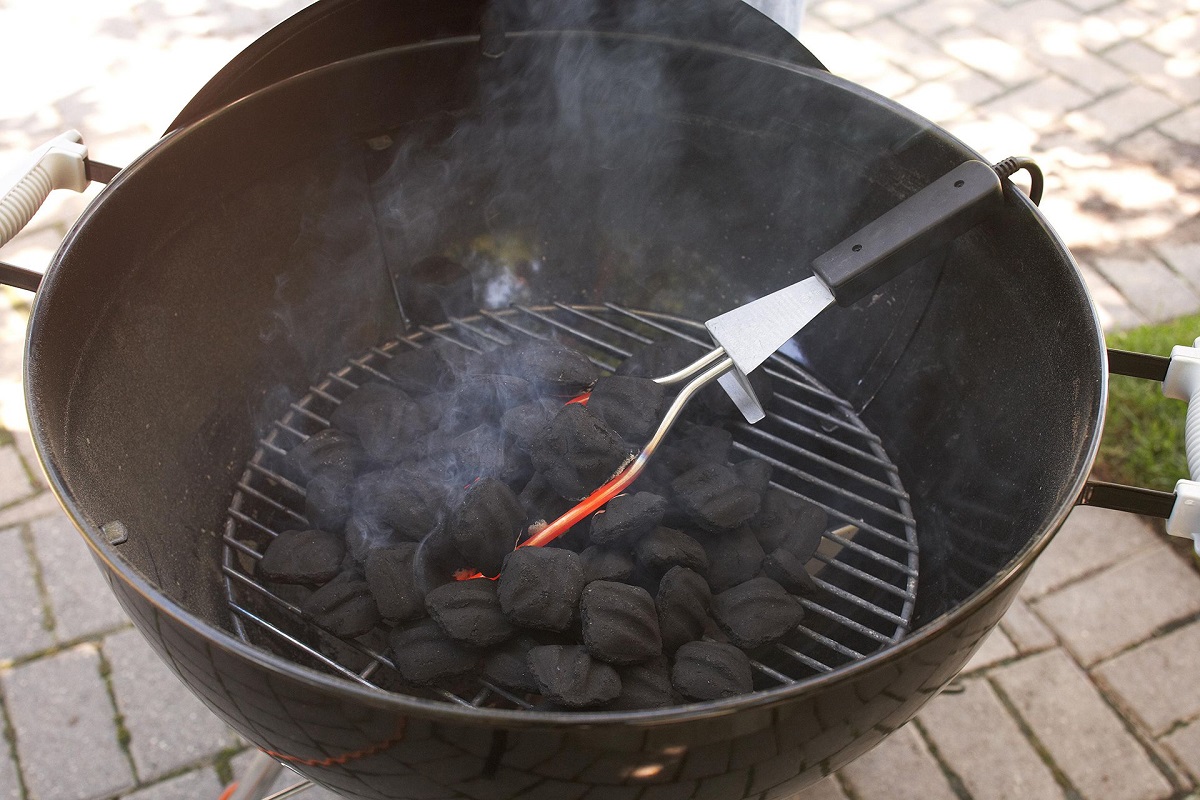

Culinary & Beverages
Optimizing Grill Temperature For Perfect Cooking Results
Published: February 22, 2024
Learn how to optimize grill temperature for perfect cooking results with our expert culinary and beverages tips. Master the art of grilling with our comprehensive guide.
(Many of the links in this article redirect to a specific reviewed product. Your purchase of these products through affiliate links helps to generate commission for Temperatures.com, at no extra cost. Learn more)
Table of Contents
Understanding the Importance of Grill Temperature
Grill temperature plays a pivotal role in determining the outcome of your culinary endeavors. Whether you're aiming for a perfectly seared steak, succulent grilled vegetables, or tender barbecued chicken, understanding and controlling the grill temperature is essential for achieving the desired results.
The temperature at which you grill directly impacts the texture, flavor, and overall quality of the food. It influences the Maillard reaction, a chemical process that occurs when proteins and sugars in the food are exposed to high heat, resulting in the desirable browning and complex flavors associated with grilled dishes. Moreover, the grill temperature affects the cooking time, ensuring that the food is thoroughly cooked while retaining its juiciness and tenderness.
In addition to its culinary implications, grill temperature also influences food safety. Maintaining the appropriate temperature is crucial for killing harmful bacteria and pathogens, safeguarding the health of those who will savor the grilled delicacies.
Furthermore, the grill temperature is closely linked to the formation of grill marks, a hallmark of visually appealing grilled dishes. Achieving the perfect sear and grill marks requires precise control of the temperature, allowing for the caramelization of sugars and the development of a tantalizing crust on the food's surface.
In essence, understanding the importance of grill temperature is fundamental to elevating your grilling skills and ensuring consistently delightful culinary outcomes. By mastering the art of controlling grill temperature, you can unlock a world of delectable flavors and textures, transforming simple ingredients into extraordinary gastronomic delights.
Factors Affecting Grill Temperature
Grill temperature is influenced by a myriad of factors, each playing a crucial role in determining the heat level and its consistency during the grilling process. Understanding these factors is essential for mastering the art of grilling and achieving impeccable results. Here are the key elements that affect grill temperature:
-
Fuel Type: The type of fuel used in the grill significantly impacts its temperature. Charcoal grills rely on charcoal briquettes or lump charcoal, which burn at different rates and produce varying levels of heat. Meanwhile, gas grills are powered by propane or natural gas, offering precise temperature control through adjustable burners.
-
Grill Design: The design and size of the grill influence its heat retention and distribution. Grills with thicker walls and insulated chambers tend to retain heat more effectively, while the positioning and number of burners in gas grills can affect heat distribution across the cooking surface.
-
Weather Conditions: External elements such as wind, humidity, and ambient temperature can affect grill temperature. Wind can accelerate heat loss from the grill, while high humidity may hinder the efficiency of charcoal briquettes. Additionally, colder ambient temperatures may necessitate longer preheating times to achieve the desired grill temperature.
-
Ventilation and Airflow: Proper airflow is crucial for maintaining consistent grill temperature. Adjusting the vents on charcoal grills regulates the oxygen supply, which in turn controls the combustion rate and heat output. In gas grills, the control of airflow through the vents and dampers impacts the burner's efficiency and the overall temperature inside the grill.
-
Heat Source Proximity: The distance between the heat source and the cooking surface affects the intensity of the heat. For instance, positioning the grill grate closer to the charcoal or gas burners results in higher temperatures, while raising the grate reduces the heat intensity, providing more gentle and indirect heat for certain cooking techniques.
-
Preheating Time: Allowing the grill to preheat adequately is essential for achieving and maintaining the desired temperature. Preheating duration varies based on the grill type and fuel source, with charcoal grills typically requiring a longer preheating period to ensure the coals reach the optimal temperature for cooking.
Understanding these factors empowers grill enthusiasts to make informed decisions and adjustments, ensuring precise control over the grill temperature and ultimately leading to exceptional culinary outcomes. By mastering the interplay of these elements, grillers can harness the full potential of their grills, transforming raw ingredients into delectable masterpieces with finesse and precision.
Tips for Achieving the Ideal Grill Temperature
-
Invest in Quality Thermometers: Utilizing reliable thermometers is paramount for accurately gauging the grill temperature. A combination of a grill surface thermometer and an ambient air probe thermometer provides comprehensive insight into the heat distribution within the grill, enabling precise temperature adjustments for different cooking zones.
-
Master the Vent Control: Understanding the impact of vent adjustments on grill temperature is indispensable. For charcoal grills, the bottom and top vents regulate airflow and, consequently, the combustion rate of the charcoal. By mastering the art of vent control, grillers can fine-tune the temperature with precision, achieving the ideal heat level for various cooking techniques.
-
Preheat with Precision: Allowing the grill to preheat thoroughly is a fundamental step in achieving the desired temperature. For charcoal grills, this involves ensuring that the coals are uniformly lit and have reached their peak heat output. Gas grills require preheating to allow the cooking grates to attain the intended temperature, ensuring consistent and even heat distribution during the cooking process.
-
Utilize Two-Zone Grilling: Creating distinct heat zones within the grill expands the culinary possibilities and facilitates precise temperature management. By establishing a direct heat zone for searing and a cooler indirect heat zone for gentle cooking or warming, grillers can adapt to the specific requirements of different foods, achieving optimal results with finesse.
-
Employ the Lid Effectively: The grill's lid plays a pivotal role in temperature control and heat retention. Keeping the lid closed traps heat within the grill, creating a convection effect that accelerates the cooking process and ensures even heat distribution. Conversely, opening the lid releases heat and disrupts the temperature equilibrium, impacting the overall cooking performance.
-
Monitor and Adjust Continuously: Vigilant monitoring of the grill temperature throughout the cooking process is essential for maintaining precision and achieving consistent results. Regular temperature checks and timely adjustments, whether through vent manipulation or burner control, empower grillers to adapt to changing conditions and uphold the desired heat level.
-
Factor in Resting Time: Recognizing the residual heat effect is crucial for achieving the perfect doneness. Understanding that food continues to cook after being removed from the grill allows grillers to account for this phenomenon, ensuring that the food reaches the ideal internal temperature and texture before serving.
By embracing these tips and integrating them into their grilling practices, enthusiasts can elevate their culinary prowess, mastering the art of achieving and maintaining the ideal grill temperature. This proficiency empowers grillers to unlock the full potential of their grills, transforming every cooking session into a delightful and rewarding gastronomic experience.
Adjusting Grill Temperature for Different Types of Food
Achieving the perfect grill temperature tailored to the specific requirements of different types of food is a hallmark of culinary finesse. By understanding the optimal heat levels for various ingredients, grill enthusiasts can unleash the full potential of their grills, ensuring that each dish is imbued with exquisite flavors and textures. Here's a comprehensive guide to adjusting grill temperature for different types of food:
Delicate Seafood and Fish
Delicate seafood and fish, such as flaky fillets of salmon or tender shrimp, demand a gentle and precise approach to grilling. To accommodate these sensitive ingredients, it's essential to aim for a moderate grill temperature, typically ranging between 350°F to 400°F. This moderate heat allows for a gradual and controlled cooking process, preventing the delicate seafood from overcooking or becoming dry. Additionally, utilizing indirect heat or employing a grilling basket can further safeguard the tenderness of seafood, ensuring that it retains its moisture and succulence.
Juicy Poultry and Game Birds
When grilling poultry and game birds, such as chicken, turkey, or duck, achieving a balanced grill temperature is paramount. A temperature range of 375°F to 450°F is often ideal for these meats, allowing for thorough cooking while preserving their juiciness. By starting with a higher heat to achieve a desirable sear and then adjusting to a moderate temperature for even cooking, grillers can ensure that poultry and game birds are cooked to perfection, with a tantalizing golden crust and succulent, flavorful meat.
Tender Cuts of Beef and Lamb
For tender cuts of beef and lamb, such as ribeye steaks, tenderloin, or lamb chops, a higher grill temperature ranging from 450°F to 550°F is often preferred. This elevated heat level facilitates the development of a delectably caramelized crust while sealing in the natural juices of the meat. The intense heat creates the sought-after Maillard reaction, resulting in rich, complex flavors and enticing grill marks, elevating the dining experience to new heights.
Robust Pork and Sausages
Robust cuts of pork, including pork chops, tenderloin, or sausages, benefit from a moderate to high grill temperature, typically ranging from 375°F to 450°F. This temperature range allows for thorough cooking, ensuring that the pork reaches the recommended internal temperature for safe consumption while retaining its succulence and flavor. Whether grilling thick pork chops or sizzling sausages, maintaining this temperature range ensures that the meat is cooked to perfection, with a delectable char and irresistible smokiness.
Versatile Vegetables and Fruits
Grilling vegetables and fruits introduces a delightful array of flavors and textures to the culinary repertoire. When grilling these versatile ingredients, a moderate to high temperature ranging from 350°F to 450°F is often suitable. This heat level enables the vegetables to caramelize and develop a tantalizing char while retaining their natural crispness and vibrancy. Similarly, grilling fruits at this temperature range enhances their natural sweetness and imbues them with a delightful smoky essence, elevating them to a new level of culinary allure.
By tailoring the grill temperature to the specific characteristics of each type of food, grill enthusiasts can orchestrate a symphony of flavors and textures, transforming every dish into a culinary masterpiece. This nuanced approach to adjusting grill temperature ensures that each ingredient is treated with the utmost care and precision, resulting in a sensational dining experience that captivates the senses and leaves a lasting impression.
Common Mistakes to Avoid When Controlling Grill Temperature
-
Neglecting Preheating: Failing to preheat the grill adequately is a common misstep that can lead to uneven cooking and undesirable results. Preheating is essential for ensuring that the grill reaches the intended temperature, allowing for consistent heat distribution and the formation of the coveted sear and grill marks.
-
Overlooking Vent Adjustment: Inadequate attention to vent control can disrupt the grill temperature, leading to fluctuations and inconsistencies in heat levels. Whether using a charcoal or gas grill, mastering the art of vent adjustment is crucial for maintaining the desired temperature and achieving precision in grilling.
-
Inaccurate Thermometer Usage: Relying on inaccurate or unreliable thermometers can result in misjudging the grill temperature, leading to undercooked or overcooked dishes. Investing in quality thermometers and calibrating them regularly is imperative for obtaining precise temperature readings and ensuring culinary success.
-
Impatience with Preheating Time: Impatience during the preheating phase can compromise the cooking process, as the grill may not reach the optimal temperature for effective grilling. Allowing the grill to preheat thoroughly is essential for setting the stage for successful grilling, ensuring that the food cooks evenly and attains the desired texture and flavor.
-
Inconsistent Lid Usage: Failing to utilize the grill's lid effectively can impede temperature control and heat retention. Proper lid management is essential for creating a stable cooking environment, promoting even heat distribution, and expediting the cooking process while preserving the food's moisture and tenderness.
-
Ignoring Two-Zone Grilling: Neglecting to establish distinct heat zones within the grill limits the versatility and precision of the cooking process. Two-zone grilling offers flexibility and control, allowing for simultaneous searing and gentle cooking, catering to a diverse range of ingredients and culinary techniques.
-
Lack of Continuous Monitoring: Inadequate vigilance in monitoring the grill temperature throughout the cooking process can lead to unexpected fluctuations and compromised results. Continuous temperature checks and timely adjustments are essential for maintaining the desired heat level and ensuring consistent culinary excellence.
-
Disregarding Resting Time: Overlooking the resting period after grilling can impact the final texture and juiciness of the food. Allowing the grilled food to rest enables it to reach its optimal doneness, ensuring that it is succulent, flavorful, and thoroughly enjoyable.
By recognizing and avoiding these common mistakes, grill enthusiasts can elevate their grilling prowess, achieving precise temperature control and consistently delivering exceptional culinary creations that captivate the palate and delight the senses.
